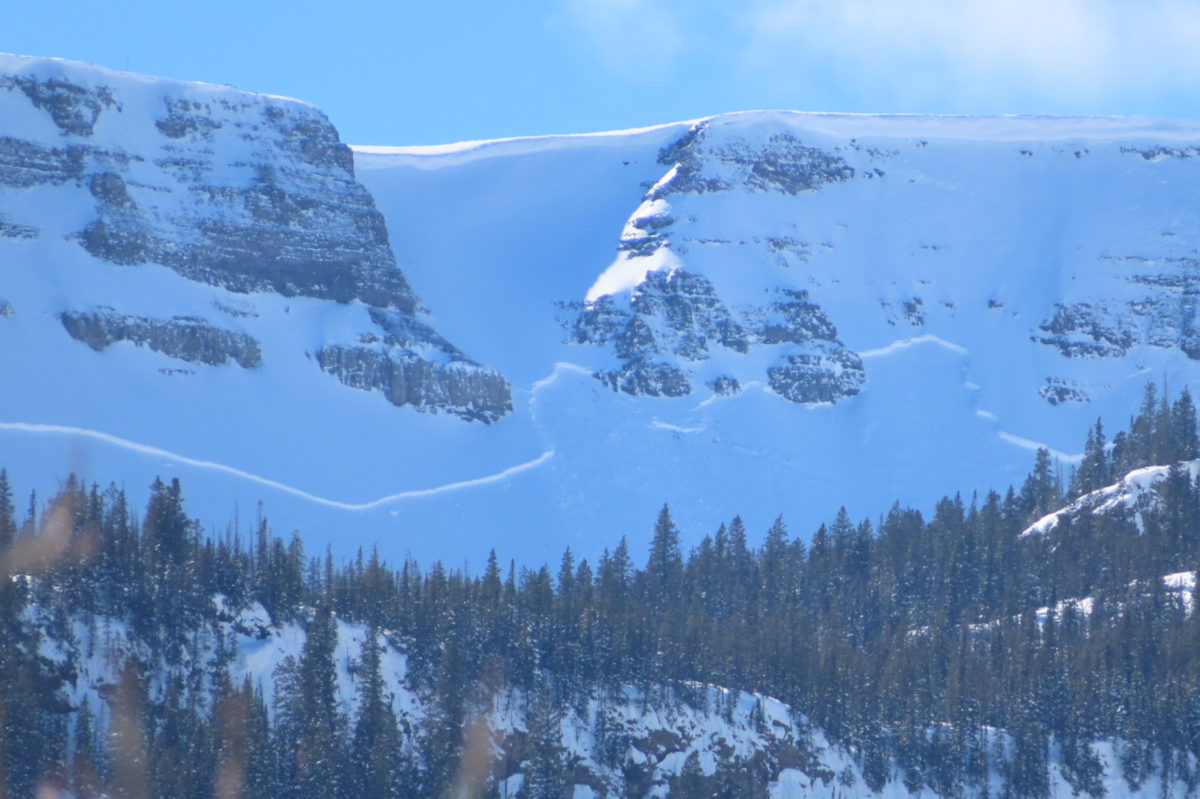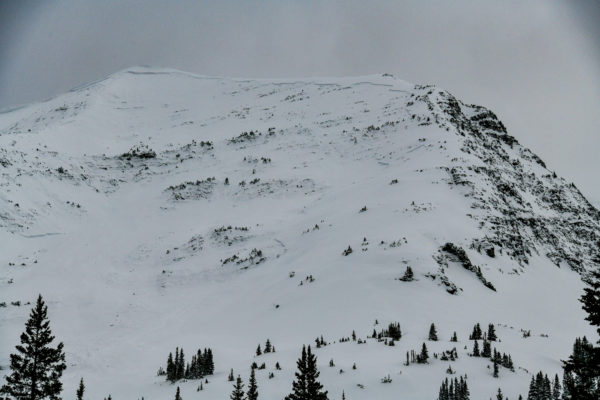Release of a cohesive layer of snow (a slab), when the bond to an underlying persistent weak layer breaks.
Persistent weak layers include surface hoar, depth hoar, near-surface facets, and faceted crusts. These layers can vary greatly over short distances and continue to produce avalanches weeks or even months after burial. Persistent Slabs are characterized by difficult to manage and often surprising behavior. They can be triggered long after a storm has passed or release under modest loading events. They may be triggered remotely—from flatter terrain below, above, and to the sides of steep slopes. The slabs often propagate widely and in unpredictable ways. Shooting cracks and collapses are clear warning signs of the problem. However, feedback is often irregular because of spatial differences in weak layer and slab thickness. Thus, tracks on a slope are not an indicator of stability. For these reasons, Persistent Slabs require a wide margin for error. The most reliable way to manage Persistent Slabs is to make conservative terrain choices. This often means avoiding travel on or below steep terrain where the problem exists, which may be aspect or elevation dependant. Persistent Slabs can develop into a Deep Persistent Slab as additional snow and wind events build a thicker slab.
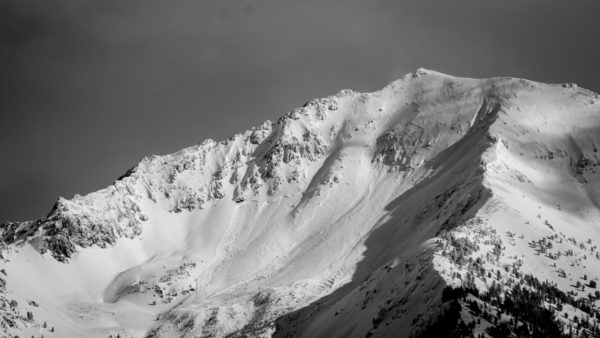
Persistent Slabs can fail across terrain features that would typically confine Storm Slabs or Wind Slabs. Credit: Sawtooth Avalanche Center
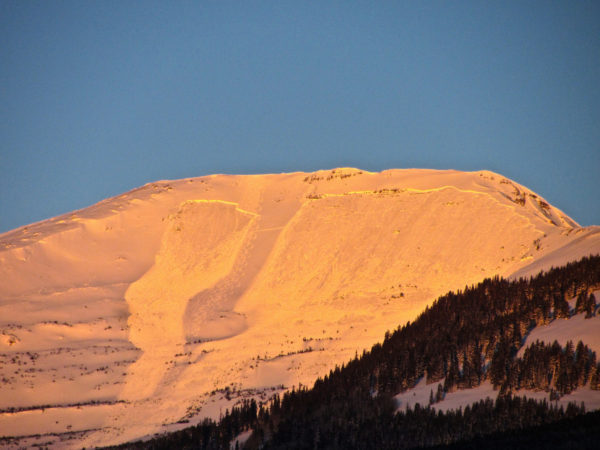
This Persistent Slab was triggered by the 5th skier to descend the bowl. Feedback for Persistent Slabs tends to be irregular, and tracks on a slope are not an indicator of stability. Credit: Crested Butte Avalanche Center
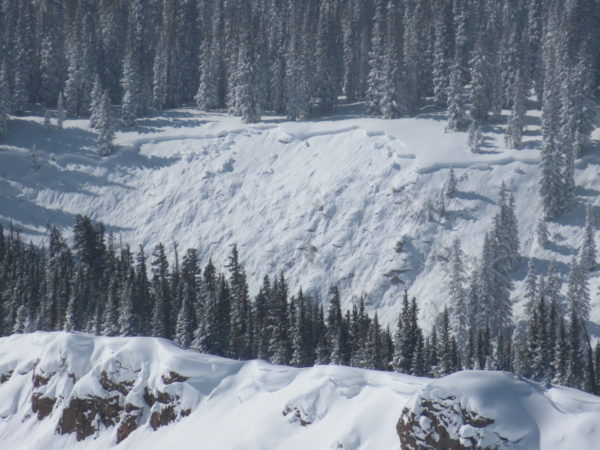
This Persistent Slab was triggered by a skier traveling in the low-angle trees above the avalanche slope. Remote triggering potential complicates safe travel. Credit: Crested Butte Avalanche Center
